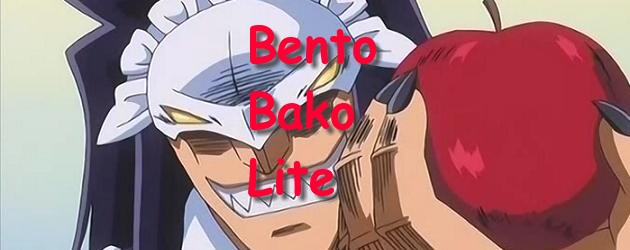 Title: Love Water
Title: Love Water
Author: Written by Venio Tachibana, illustrated by Tooko Miyagi
Publisher: Digital Manga Publishing (Juné)
Volume: One-shot light novel, $8.95
Vintage: 2007 by Taiyoh Tosho Publishing Co., October 2010 by DMP
Genre: Yaoi, historical romance, drama
The story is set in an Osaka brothel and tea house in Meiji-era (1868-1912) Japan. The beautiful male servant Misao lives and works at the brothel to pay off his debt. Left there by his mother, who was abandoned by her lover when she became pregnant, Misao has only known life in the Oumi Tea House. Though the tea house’s top geisha are the beautiful (though with a rotten personality) Seno’o and the beautiful (and kind) Ukigumo, Misao’s presence is often asked for, his asexual beauty drawing the eyes of the male customers as much as Seno’o and Ukigumo. Yet unlike Seno’o and Ukigumo, Misao does not sell his body. Trained in the geisha arts, his main talent is dancing, and he is often called upon for one of his delicate fan dances. He is also good at flirting and wheedling the men out of their money, but he is not a prostitute. One day, a particularly handsome (and quite rich) gentleman shows up at the tea house, accompanied by a sort of introductory advisor. It’s obvious Masaomi Towa, not only by his own admission but by his awkwardness, is new to the world of geisha, tea houses, and brothels, so when he and Misao run into each other on a balcony, he enlists the servant’s aid and advice. Masaomi has come to call on Ukigumo, but due to the intricacies and complicated etiquette of the tea house, he will have to return two more times before he will be allowed to formally enlist her services. Meanwhile, Misao finds himself completely swept up by Masaomi’s innocent nature, kindness, gentle demeanor, and handsome features. This man, who has shown him his first real bit of kindness in all of his eighteen years, is also a window into the outside world, which Misao has been locked away from his entire life. Masaomi even seems to be showing feelings for him as well, but as Misao watches things progress with Masaomi and Ukigumo, he becomes flustered and confused, and his feelings start affecting his job. He becomes quick to anger, and unable to properly deal with his regular customers, leading to the rather mischievous Katsuragi turning Misao’s feelings into a game for his amusement. Complicated feelings struggle to make themselves known in this world of secrets, strict rules, and desire. Will all of the misunderstandings clear so Misao can be truthful about his feelings? Everything lies in Masaomi’s hands.
This is a lovely little story, though it does have its problems. Character depth is one of those problems. Misao has the most depth as the main character, but his personality seems inconsistent. Masaomi is nearly a blank slate, painfully generic, at least until the end when his big secret is revealed. Misao wants to be free, and Masaomi is there to free him, and that’s about it. The rest is just filler, though it’s not unpleasant. The story is actually pretty enjoyable, if perhaps implausible. I don’t know just a ton about geisha houses, but I don’t think it was common to raise men in geisha arts within a female geisha house. Of course, without that set up, there wouldn’t be a story, so whatever. They were occasionally dressers and “maids,” but for Misao to have received traditional training in the geisha arts is less likely. One of the biggest inaccuracies is that there’s all this sex going on at the Oumi. Men spend the night, there are partitioned rooms for getting it on with your favorite geisha, etc. Geisha were not prostitutes, so this book is clearly mixing (or maybe confusing, for some reason) a geisha house with a whore house. The book does call it a brothel, but it’s run like a geisha house, and some of the geisha traditions are there. So either Tachibana decided to combine the two for the purposes of her story, or she didn’t do a lick of research. It’s changed over time, probably to something more akin to what Tachibana described, but it doesn’t really fit into the time period the story is written in. It does contain some cliché story elements, like absurdly oblivious characters, but otherwise, while I don’t typically have a lot of luck with light novels, especially of the yaoi variety, I enjoyed this one. The illustrations in the book are nice. I enjoy Tooko Miyagi’s artwork. However, the characters are a bit generic looking, particularly Masaomi, who really had no distinguishing features to speak of, and looks quite bland. Of course, the character himself is rather bland, too, so oddly it fits.
Next week will be a little disjointed. Monday I’ll be posting my August manga highlights from the Previews catalog (instead of on Wednesday, as usual), I’ll likely be skipping Wednesday all together, and Friday will be a guest post from our own Drew McCabe. This is all so I can spend next week focusing on the upcoming Fumi Yoshinaga Manga Moveable Feast which will be hosted right here at Comic Attack!
Kris
kristin@comicattack.net
@girlg33k_Kris

